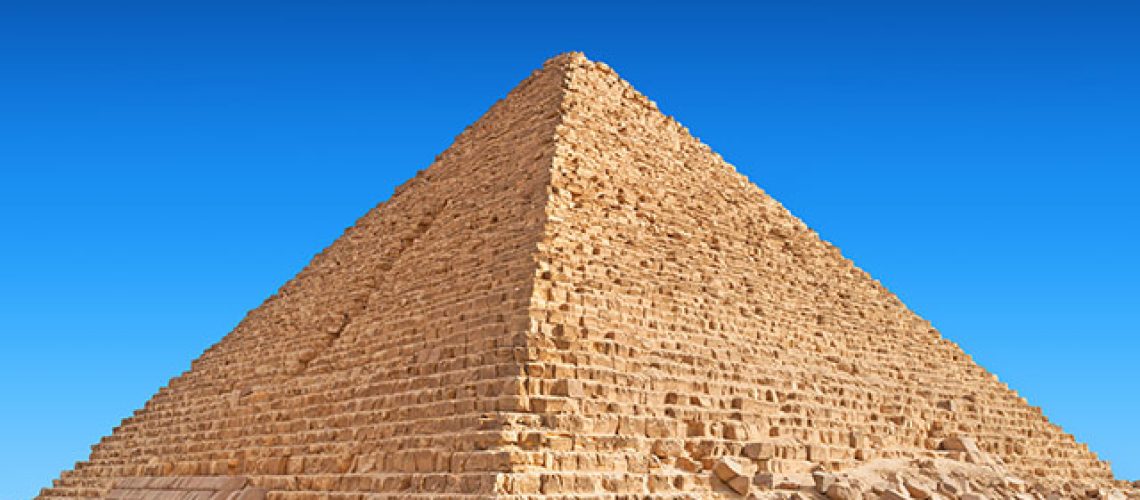“The Message of the Sphinx”: Did a lost civilization build the Giza monuments?
- In “The Message of the Sphinx,” Graham Hancock and Robert Bauval challenge the Sphinx’s link to Khafre, citing weak evidence and facial mismatches.
- Geologist Robert Schoch’s analysis suggests water erosion, dating the Sphinx to around 10,500 BCE when the Sahara was wetter.
- The Giza monuments mirror Orion’s belt and stars, reflecting ancient Egyptian cosmology.
- The Sphinx’s lion form may represent the Age of Leo (around 10,500 BCE) and the mythical “First Time.”
- The authors speculate hidden knowledge beneath the Sphinx, hinting at a lost advanced civilization.
In “The Message of the Sphinx: A Quest for the Hidden Legacy of Mankind,” Graham Hancock and Robert Bauval embark on a riveting intellectual odyssey, challenging conventional wisdom about the origins and purpose of the Giza necropolis. With the charisma of seasoned storytellers and the rigor of meticulous researchers, they weave a narrative that is as compelling as it is controversial.
The book opens with a vivid portrayal of the Great Sphinx, a colossal sentinel that has gazed eastward across the Giza plateau for millennia. Hancock and Bauval paint a picture of a monument that is both majestic and enigmatic, its weathered visage bearing witness to the passage of time and the rise and fall of civilizations. They delve into the Sphinx’s various names, from the Arabic “Abul-Hol” (Father of Terror) to the ancient Egyptian “Hor-em-Akhet” (Horus in the Horizon) and explore the rich tapestry of myths and beliefs that have surrounded it throughout history.
The authors then turn their attention to the prevailing theory that the Sphinx was built by Pharaoh Khafre around 2500 BC. They meticulously dissect the evidence supporting this claim, revealing its shaky foundations.
First, while acknowledging the resemblance between the Sphinx’s face and the statue of Khafre, Hancock and Bauval argue that this is insufficient proof of authorship. They highlight the lack of contemporary inscriptions attributing the Sphinx to Khafre and question the reliability of the Thutmosis stela, which contains only a fragment of his name.
Second, the authors present the findings of forensic artist Frank Domingo, who concluded that the Sphinx’s face does not match Khafre’s statue. This challenges the orthodox view and opens the door to alternative interpretations.
The book’s most compelling argument lies in the geological evidence presented by geologist Robert Schoch. His analysis of the Sphinx’s erosion patterns reveals that they are consistent with prolonged exposure to heavy rainfall, not the wind and sand erosion typical of the Giza plateau. This suggests that the Sphinx could be thousands of years older than previously thought, dating back to a time when the Sahara was not a desert.
If the Sphinx was indeed eroded by rainfall, it would imply the existence of a civilization predating known history, capable of monumental construction. This challenges the established timeline of human civilization and invites a radical rethinking of mankind’s past.
Hancock and Bauval propose that the Giza monuments are not merely tombs or temples, but rather a sophisticated astronomical diagram. They argue that:
- Star alignments: The four shafts of the Great Pyramid are aligned with specific stars, including Orion’s belt and Sirius, which held significant religious and symbolic importance for the ancient Egyptians. This suggests a deliberate attempt to connect the monument to the cosmos.
- The Orion Correlation Theory: The authors present the Orion Correlation Theory, which posits that the layout of the three pyramids mirrors the pattern of the three stars in Orion’s belt. They argue that this alignment was intentional and that the pyramids were designed to represent the celestial “kingdom of Osiris” on earth.
- The Age of Leo: The authors suggest that the Sphinx, with its lion-like form, was built as an equinoctial marker for the Age of Leo, which began around 10,500 BC. This further supports their argument for a much earlier construction date.
The authors delve into the ancient Egyptian concept of Zep Tepi, the “First Time,” a mythical golden age when the gods ruled the earth. They propose that the Giza monuments are a physical manifestation of this concept, a “message” encoded in stone to preserve the knowledge and wisdom of a lost civilization.
Drawing on the prophecies of Edgar Cayce, the authors suggest that a hidden chamber, or “Hall of Records,” lies beneath the Sphinx, containing the secrets of the “First Time.” They argue that this chamber could hold the key to understanding the true origins of human civilization.
“The Message of the Sphinx” is a thought-provoking work that challenges mankind to reconsider its understanding of ancient history. Hancock and Bauval’s call for a more open-minded approach to studying the past is a valuable one. They urge people to look beyond the confines of traditional scholarship and consider the possibility that the Giza monuments may hold secrets that could reshape their understanding of human civilization.
Whether or not one agrees with their conclusions, Hancock and Bauval’s work is a testament to the enduring allure of the Giza necropolis. The mysteries of the Sphinx and the pyramids continue to captivate human imagination and inspire people to seek answers to the fundamental questions of who we are, where we come from and where we are going.
Watch this video about Graham Hancock and Robert Bauval’s book “The Message of the Sphinx: A Quest for the Hidden Legacy of Mankind.”
This video is from the BrightLearn channel on Brighteon.com.
Sources include:


